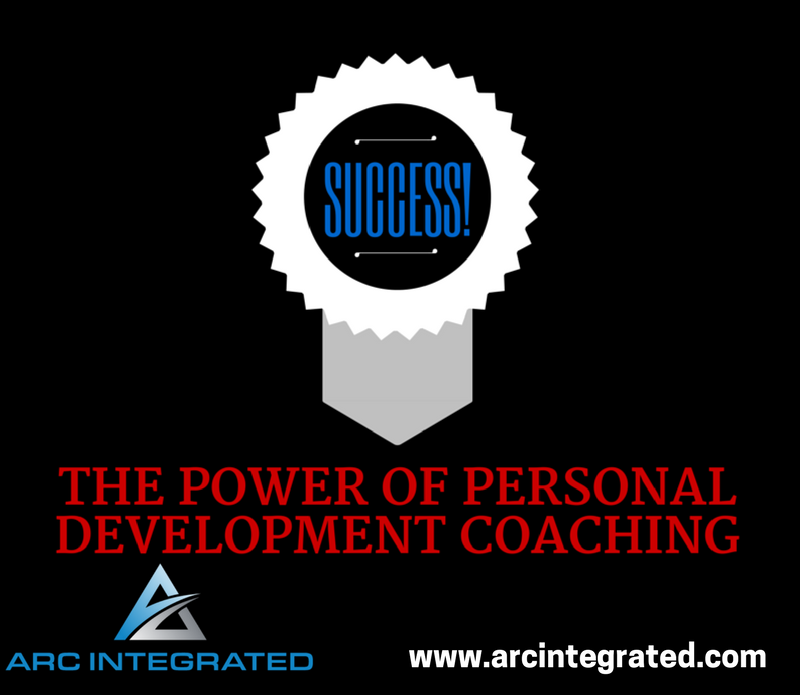I was thinking recently about my own personal philosophy about how to really maintain change when searching for it, as well as how I bring this philosophy into my coaching practice. As with most things I do, I take a holistic approach, which is the same for my coaching philosophy. The following ideas can be taken as a guide to maintain change through coaching as well as a guide to understand how I work as a coach.
When working towards change, particularly when it comes to personal development, it is important to see all the aspects that may be helping or hurting progress. We are complicated creatures. Working towards the best version of ourselves is not just about thinking in a different way or practicing good habits (although these are pieces of the puzzle).
True change comes from evaluating all the aspects of our human experience. When we look through all of our different lenses, we have the greatest likelihood for success. We need to explore how we think, feel, act, take care of ourselves, strengths we have as well what/who we surround ourselves with.
As a helpful reminder for you, I’ve created a way to remember how you can check to see if you are evaluating the different parts of yourself and what may be helping or hurting your progress. Consider the acronym CHANGE –
C – Cognition
H – Heart
A – Action
N – Nourishment
G – Greatness
E – Environment
Each part of this acronym has some important components to consider –
Cognition – The way we think. Do you analyze, make decisions quickly, not quickly enough, make strong judgments, think poorly of yourself or too highly perhaps? Both the way we think and what we focus on may be impacting our ability to change.
Heart – How we feel. Our emotions play a big part in our ability to be successful. If we can remain confident, happy, grateful, curious and positive then we may have a greater chance to work towards change. If we are negative, depressed, sad, angry, overly reactive or closed off from our emotions we may have a harder time moving towards the change we are working on. How we feel can also be related to our relationships and how they impact our ability to change.
Action – Habits and routines play a big role in our ability to change. Thinking and feeling are important but it is the actions that we take that impact how our feelings and thoughts change. Our action or inaction can play a big role in our ability to push things forward towards our desired outcome.
Nourishment – How we take care of ourselves. It is not news that the way we eat, how much we exercise, and our general lifestyle all impact multiple facets of our lives. This is the same for any change we are after. How we treat our body impacts our motivation, energy, creativity, strength and focus. Considering how we are nourishing ourselves is important.
Greatness – What are your strengths, purpose, and passion? This is what makes up your greatness. Exploring what is great about you not only leads to creating better leadership but also fulfillment, higher energy, better coping methods and a happier lifestyle.
Environment – What we surround ourselves with. I believe it was Jim Rohn who originally quoted – “We are the average of the 5 people we spend the most time with.” This is a powerful quote and I believe it to be relevant. When it comes to our own development, our environment goes beyond the people we are around. Our environment could be our family, work, our city, community, or how our house looks and feels. For example, if you know you function at a higher level when things are organized then keeping your house clean and in order may be an important factor in your own development.
All of these factors within the CHANGE acronym are important to explore during coaching. When I work with clients this is part of the process I take them through. My belief is that unless we focus on all of the potential areas that may be influencing our ability to make a change then we are leaving opportunity on the table.
It is also important to remember that any change one may be working towards takes time. Remember that there is a particular pace that change takes. Be kind to yourself along the way.
Enjoy the journey,
Michael







